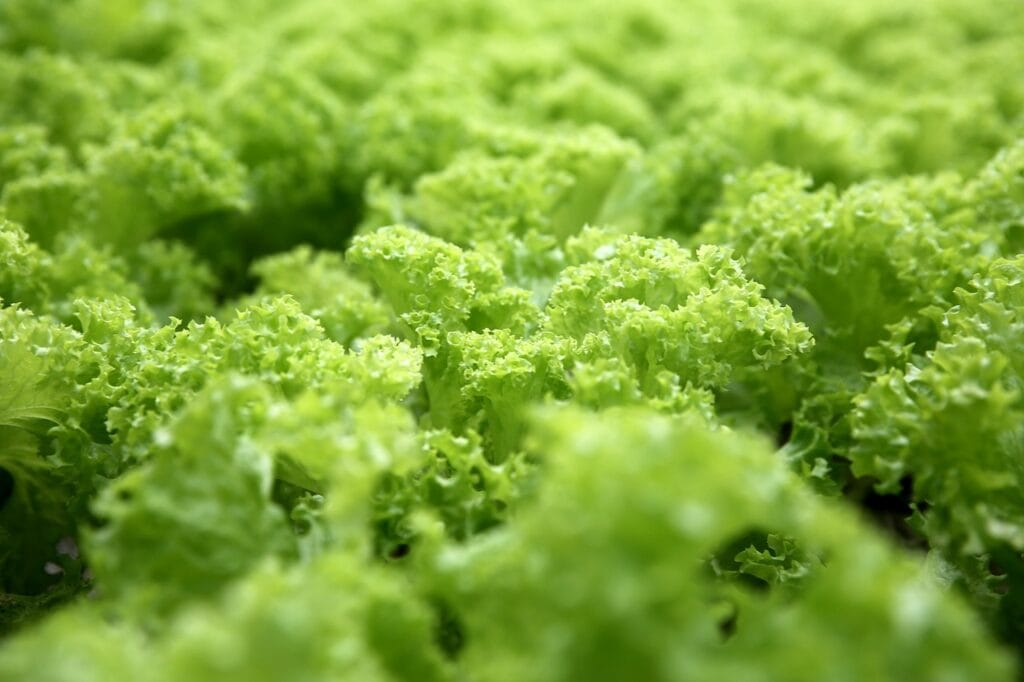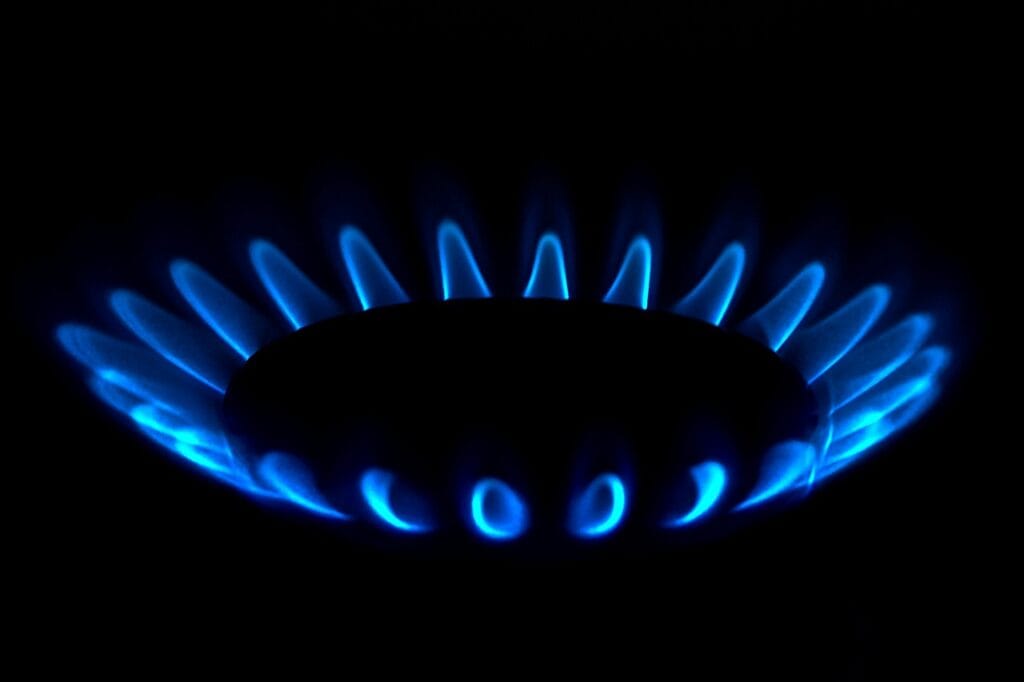Harnessing RiPR technology: transformative benefits for vertical farming
The agricultural sector faces immense challenges: climate change, biodiversity loss, and the need for sustainable food and energy production. Wild Hydrogen’s Rising Pressure Reformer (RiPR) technology offers a transformative opportunity to address these challenges. By integrating our RiPR units with vertical farming and regenerative agricultural practices, we can maintain or even increase calorie production, provide carbon-negative energy, reduce fertiliser use, and enhance biodiversity on farms.
Below we outline how RiPR technology can revolutionise farming, making it more productive, sustainable, and profitable.
The Vision: Food, Fuel, and Biodiversity
Imagine a 100-hectare farm transformed into a cutting-edge, sustainable powerhouse. By dedicating just 5 hectares to a RiPR system and a vertical farming greenhouse, the farmer can:
- Produce more calories per year compared to traditional arable crops like wheat. For example, vertical farming can yield up to 30 times more calories per hectare annually compared to wheat due to multi-layered growing systems. Crops such as lettuce, spinach, kale, and strawberries thrive in vertical farms and exhibit high yields per square metre (FAO, 2020).
- Generate carbon-neutral biomethane for the grid, reducing reliance on fossil fuels.
- Enhance biodiversity and soil health by using the remaining 95 hectares to grow herbal leys and woody coppice material. Studies show that growing diverse herbal leys can increase pollinator species richness by up to 50% and improve soil organic matter by 20% over five years (DEFRA, 2021).
- Close the loop with a circular economy model, utilising agricultural residues, silage from herbal leys, and woody materials as RiPR feedstock.
The RiPR-Vertical Farming Model
RiPR System Benefits
- Carbon Neutral Biomethane: RiPR produces biomethane from biogenic feedstocks, supplying low-carbon energy to the farm and grid.
- CO2 and Waste Heat Utilisation: Vertical farming systems can utilise CO2 emissions and waste low-grade heat from the RiPR process to accelerate plant growth. For instance, CO2 enrichment can increase crop yield in greenhouses by up to 25% (Journal of Agricultural Science, 2019).
- Energy Independence: The vertical farm can operate without the requirement for an enhanced electricity grid connection, powered by electricity generated on-site from the RiPR.
Vertical Farming Advantages
- Higher calorie output: Vertical farming enables year-round, controlled-environment agriculture, producing significantly more calories per hectare than traditional crops. For example, lettuce yields in vertical farms can exceed 200 tonnes per hectare annually, compared to 10-20 tonnes per hectare in open fields (Bright Agrotech, 2020).
- Efficient resource use: Water, nutrients, and energy are used more efficiently, reducing waste and increasing productivity. Vertical farms use up to 90% less water than traditional agriculture (World Resources Institute, 2020).
- Agro-residue utilisation: Agricultural by-products from vertical farming supplement RiPR feedstock, creating a closed-loop system.
Regenerative Agriculture on 95 Hectares
- Herbal leys for soil health: Herbal leys improve soil fertility, sequester carbon, and increase resilience to climate change. Research shows that herbal leys can reduce reliance on synthetic fertilisers by 70% while maintaining crop productivity (Rothamsted Research, 2019).
- Biodiversity gains: Planting diverse species supports pollinators and wildlife, creating a richer ecosystem. For example, flower-rich herbal leys can increase butterfly abundance by 60% (UK Centre for Ecology & Hydrology, 2020).
- Coppiced material integration: RiPR’s ability to process woody materials provides an outlet for biodiversity-enhancing coppice management.
Comparative Analysis: Traditional vs. RiPR-Enhanced Farming
| Metric | Traditional Wheat Farming (100ha) | RiPR & Vertical Farming (5ha) + Herbal Leys (95ha) |
|---|---|---|
| Calorie Production | ~4 million kcal/hectare/year | Up to 120 million kcal/hectare/year |
| Energy Production | None | Low-carbon biomethane |
| Soil Health | Depleting | Improving |
| Biodiversity | Depleting | Improving |
| Climate Resilience | Moderate | High |
Additional Innovations
- Autonomous harvesting: Automated robots harvest herbal leys reducing labour costs and maximising efficiency.
- Sustainable feedstock logistics: Low-carbon transport (e.g., hydrogen or biomethane vehicles) ensures supplemental feedstock is delivered sustainably.
The Circular Economy in Action
- Inputs: Herbal leys, agricultural residues, and woody materials as feedstock.
- Outputs: Biomethane, low carbon locally generated electricity, CO2, biochar and waste heat.
- Recycling: Agricultural residues from vertical farming return to the RiPR system, creating a closed-loop cycle.
The Win-Win-Win Solution
By integrating RiPR technology, vertical farming, and regenerative agriculture, this model delivers:
- Increased farm productivity: Producing more calories and energy per hectare.
- Sustainable energy solutions: Providing biomethane and carbon-negative electricity.
- Enhanced biodiversity: Creating resilient ecosystems and improving soil health.
This approach proves that the debate isn’t “food vs. fuel” but rather “food and fuel,” ensuring farms are more productive and sustainable. RiPR technology is the key to bringing modern, sustainable innovation to agriculture.
References:
FAO, 2020. “Yield gap analysis of field crops.”
DEFRA, 2021. “Create and maintain herbal leys.”


